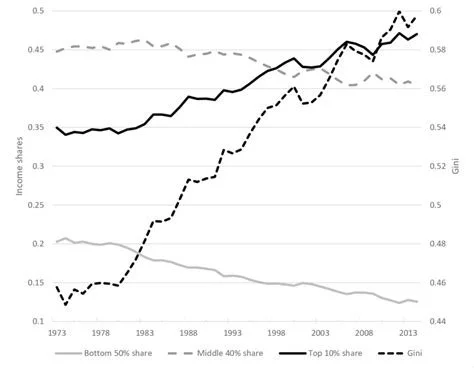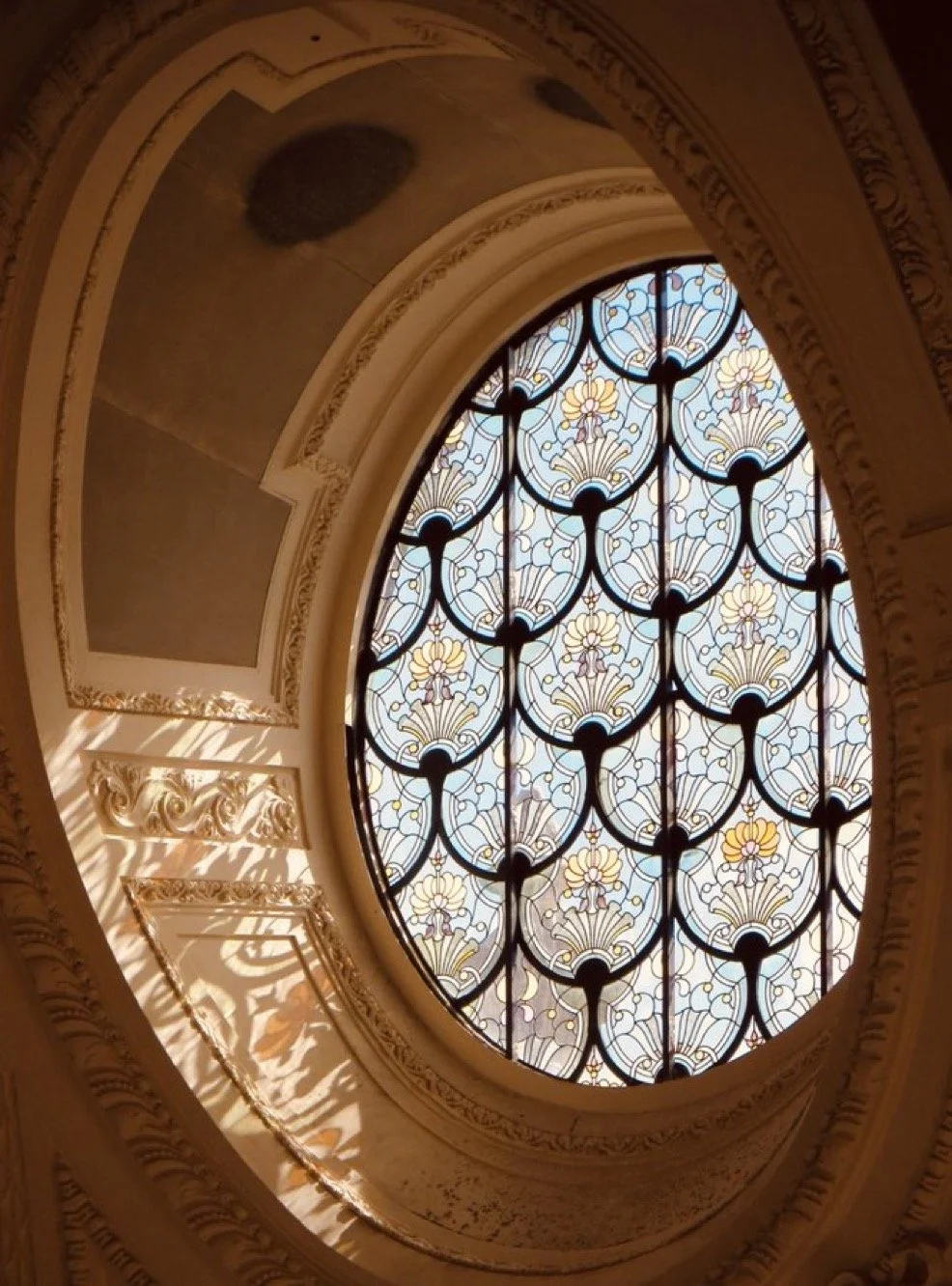Verbal Portrait No. 5
Waiting for a train to go
Or a bus to come, or a plane to go
Or the mail to come, or the rain to go
Or the phone to ring, or the snow to snow
Or waiting around for a Yes or No
Or waiting for their hair to grow.
Everyone is just waiting.
—Dr. Seuss, Oh the Places You’ll Go!
Above: Banal Purgatory or Beautiful Paradise? Perspective dictates all.
In a piece entitled Boring is Beautiful, I wrote the following:
[N]o matter how seemingly innocuous, trite, or mundane my surroundings, if I peered closely, I could find what writer Saul Bellow called “unexpected intrusions of beauty.”
For, the world holds tremendous grandeur as long as we allow ourselves to truly see it.
There is so much material to be found in the monotonous, in the minute.
We simply have to get out of our own way.
To me, the art of getting out of your own way—of living—lies in becoming sensitive to the little things.
Things like:
A child delirious with laughter.
A night’s sky peppered with glinting stars.
A heaping gulp of cool, fresh air.
A quiet (or very loud, in my family’s case) night spent playing a board game.
A tight hug from a loved one.
The key is to pay attention and see the minutiae as miracles in and of themselves.
Invest your attention into the art of living.
The above idea was far from mind while I sat in the dull, drab hell of a waiting room last week.
Killing time by reviewing rough drafts and rudimentary pensées, I stumbled upon some scraps that over time became Boring is Beautiful.
Needless to say, my hypocrisy blindsided me. Always one to crow “Actions speak louder than words,” here I was talking (i.e. writing) the talk (i.e. the words) and not walking the walk.
I resolved to make this most boring of places—if not beautiful—a little less banal via verbal portraiture.
After all, the personal is the universal and to seek medical care (i.e. to be a human being) is to encounter the waiting room’s familiar ugliness.
In prior posts, I have explored the idea of verbal portraiture.
Verbal Portrait No. 1 and Verbal Portrait No. 2 describe a bookish lady and a troubled writer, respectively.
I encourage you to read the above portraits in full for proper context on this style, however, I empathize with the there-aren’t-enough-hours-in-the-day crowd. This excerpt briefly explains verbal portraiture:
From vivid descriptions of my most minute observations, I attempted to create a coherent verbal “image.” Like the pointillistic brushstrokes of Seurat, my words would obfuscate if read individually, but render clarity when taken as a whole. Hence, the idea of verbal portraiture was born.
A Verbal Portrait is a specific, hyper-detailed description of the reality an individual sees in front of him/her.
I scrawled what follows on a faded pamphlet while confined in cell made of vinyl above and linoleum below.
Verbal Portrait of a Waiting Room
The room was bare, cluttered, and furnished in the cold, functional style that made all doctors’ offices in all cities of the world look alike.
Much like the adjacent examination rooms, it was clinical and sterile and stale.
Though its occupants sought to be healed, the room instead hurt—its filtered air and fluorescent humming were almost life-averse.
In one corner was a dusty stereo perched atop a worn, woodlike end table that had seen much better days. It blared tinny, indiscernible Muzak into the swaying, waxy leaves of a “plant” much too Kelly green to be inhaling carbon dioxide and exhaling oxygen.
In the other were piles of dogeared magazines laden with the opiate of the masses: celebrity gossip and scandal. Next to these were stacks of yellowed brochures, procedural leaflets, and pharmacological pamphlets peddling pills whose side effects hurt more than their remedies healed. The entire table was garish; as ridiculous as Comic Sans.
The walls were smeared with an uninspired off-white as at a new construction site. Much of this was hidden by the posters and slogans of the Medical Industrial Complex. One wondered whether this was hospital for patients or party headquarters.
The windows were of the cubed glass variety, each block letting in some light but obfuscating every image. It seemed poetic, a fitting metaphor for doctorspeak.
A bare tube of fluorescent light split the room’s checkerboard ceiling—one vinyl panel a uric yellow, another an intestinal brown.
The light flickered and swirled just at perception’s edge. Though barely discernible, it was enough to annoy and aggravate. Next to it hung a shriveled piece of flypaper which swayed ever so slightly.
“Mr. White?” called the attendant—careful and objective but not without a tinge of warmth.
“That’s me,” I replied.
Like a thick, coiled spring suddenly released, I hopped up—potential energy turned kinetic, the entire visit a springboard propelling me from Purgatorio to Inferno and back to Paradiso outside.
At long last, I am waiting no more.







